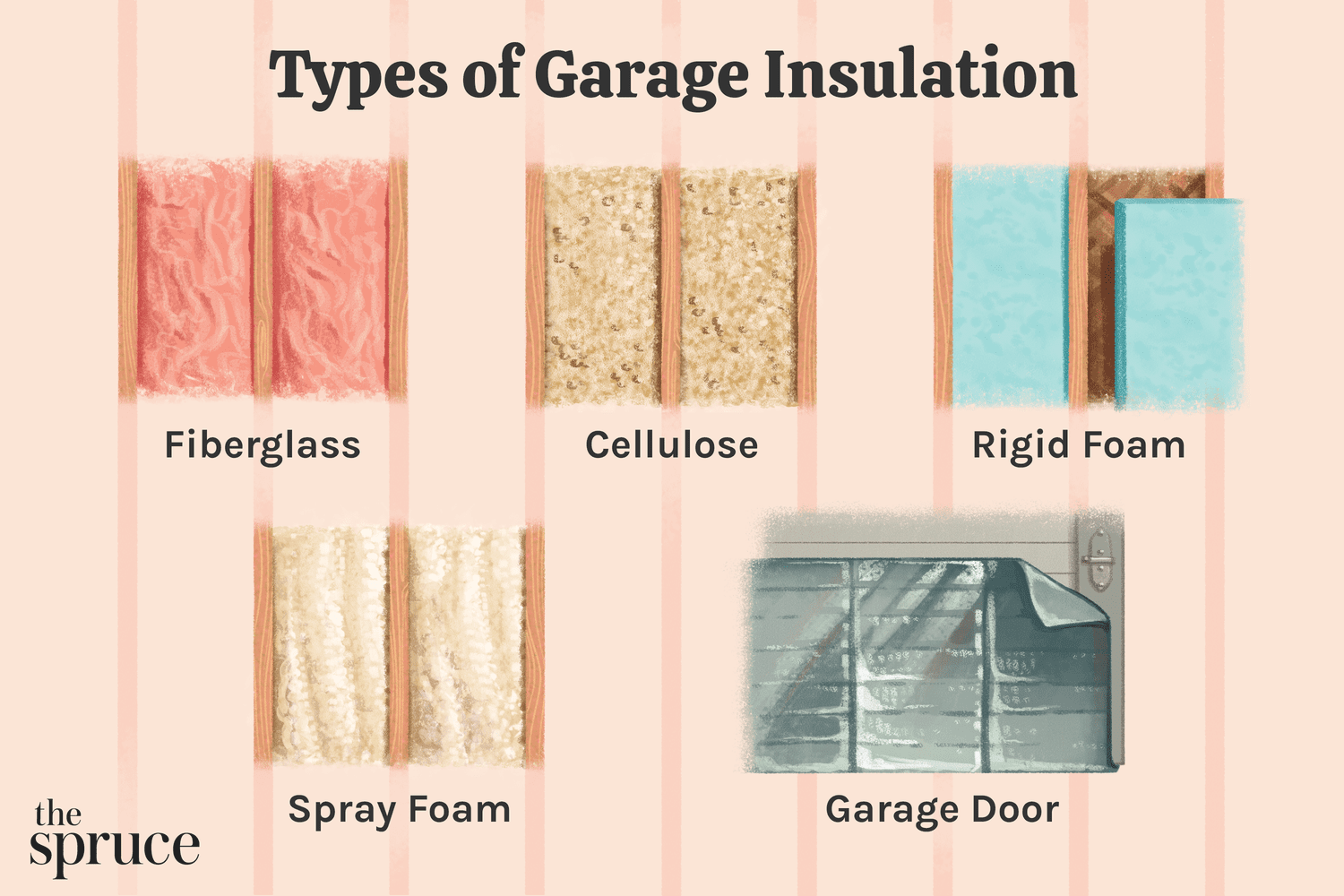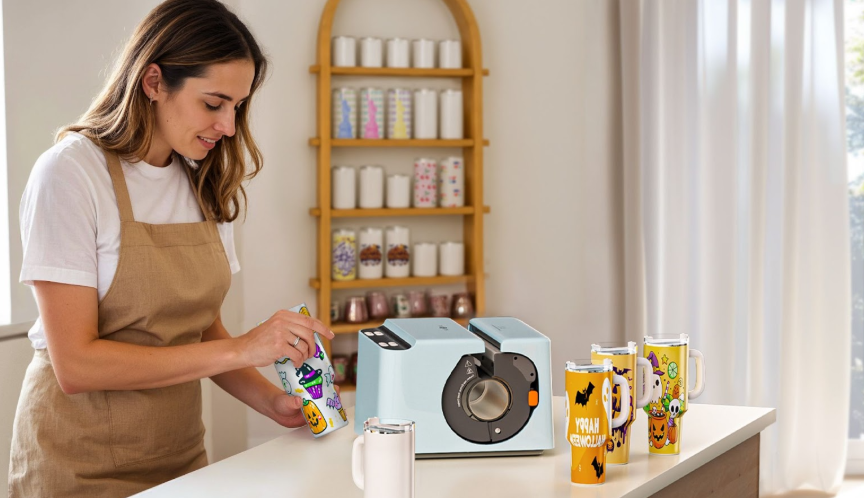When winter rolls around, homeowners and business owners alike brace themselves for the same familiar challenges: skyrocketing heating bills, chilly drafts creeping through walls, and the never-ending battle to keep indoor spaces comfortable. One of the most effective solutions lies hidden within the very structure of buildings, insulated wall panels. Far more than a construction choice, insulation plays a direct role in determining how efficiently a space retains warmth, how much energy is consumed, and ultimately, how comfortable it feels inside when temperatures outside plummet.
This article explores why well-insulated walls are such a game-changer during winter. From the science of heat transfer to the tangible benefits of improved energy efficiency, air quality, and comfort, we’ll look at how good insulation reshapes the winter experience for modern living, notes American Dream Realty And Management.
The Science of Heat Retention in Winter
At the heart of insulation’s importance is a simple principle: heat naturally flows from warm areas to cold ones. In winter, this means the warmth generated indoors constantly tries to escape to the colder outdoors. Without adequate insulation, the walls of a building become pathways for heat loss, causing heating systems to work overtime.
Heat Transfer Mechanisms
- Conduction: Heat moves directly through solid materials, such as drywall or brick.
- Convection: Heat escapes as air leaks through cracks or poorly sealed gaps.
- Radiation: Heat radiates from warm surfaces toward cooler areas.
Well-insulated walls act as barriers against these processes, slowing the rate of heat transfer. By trapping warm air inside, insulation ensures that the energy expended on heating remains within the building envelope instead of dissipating outside.
Thermal Resistance (R-Value)
Insulation effectiveness is often measured in R-value, which indicates resistance to heat flow. Higher R-values provide better insulation. In regions with cold winters, walls with higher R-values significantly reduce the amount of energy required to maintain comfortable indoor temperatures.
This scientific foundation helps explain why two homes built side by side in identical conditions can feel drastically different in winter if one has modern insulated walls while the other does not.
Comfort Beyond the Thermostat
Many people assume that cranking up the thermostat is enough to keep a space comfortable in winter. But comfort isn’t just about air temperature, it’s also about how heat interacts with the building itself.
Elimination of Cold Drafts
Poorly insulated walls often allow cold drafts to seep in, creating pockets of discomfort that no thermostat adjustment can fix. Well-insulated walls eliminate these drafts by sealing gaps and providing a continuous barrier against the cold.
Consistent Temperatures Across Rooms
In buildings with weak insulation, some rooms often feel warmer than others, creating uneven comfort levels. Proper insulation helps distribute heat evenly, so every corner of the house or office maintains similar warmth.
Better Indoor Air Quality
Insulated walls reduce the infiltration of outdoor air pollutants and allergens that can enter through cracks and leaks. In winter, when windows are usually shut tight, this helps maintain fresher indoor air while still retaining warmth.
This blend of consistent temperatures, draft-free spaces, and cleaner air makes insulated walls a cornerstone of true winter comfort.
The Energy Efficiency Connection
Comfort is one side of the equation; cost is the other. Heating a home or business in winter is one of the biggest energy expenses most people face. Insulated walls directly influence how much energy is consumed and how much money remains in your pocket.
Reduced Heating Costs
When walls effectively trap heat, furnaces and heating systems don’t need to run as often or for as long. This translates into lower monthly energy bills, a tangible financial benefit that becomes increasingly important during long, cold winters.
Sustainability Benefits
Using less energy to heat a building reduces carbon emissions, aligning personal comfort with environmental responsibility. For businesses, this also supports sustainability initiatives and can contribute to meeting regulatory energy standards.
Extended HVAC Lifespan
Lower demand on heating systems also means less wear and tear, extending the lifespan of HVAC equipment. This helps reduce maintenance costs and delays the need for expensive replacements.
Energy efficiency isn’t just about saving money it’s about creating a sustainable, resilient building that performs better over the long term.
Real-World Benefits in Everyday Living
Numbers and science aside, the benefits of well-insulated walls show up in daily life in subtle but important ways.
A Quieter Space
Insulated walls don’t just keep heat in; they also dampen outside noise. In winter, when storm winds howl or traffic noise echoes more sharply in cold air, insulation creates a more peaceful environment indoors.
Protection Against Moisture
Insulation can help regulate interior wall temperatures, reducing the risk of condensation. This matters in winter because cold surfaces inside walls can attract moisture, leading to mold or mildew over time. Insulated walls minimize this problem by keeping surfaces warmer and drier.
Increased Property Value
For homeowners, well-insulated walls can make a property more attractive to buyers who are increasingly aware of energy efficiency. Buyers recognize that a house with strong insulation will mean lower bills and greater comfort.
Enhanced Work Environments
For businesses, insulation improves employee comfort, reducing complaints about drafty offices and helping maintain productivity even during cold spells. Customers also enjoy a warmer, more welcoming space when visiting businesses with well-insulated interiors.
These everyday experiences illustrate how insulation impacts more than just bills and technical performance, it shapes how people feel and interact with their environment.
Looking Ahead: Insulation as an Investment
When people think about winterizing their homes or offices, they often focus on short-term fixes: space heaters, heavy curtains, or draft stoppers. While these can help, they only mask the underlying issue. Insulated walls, by contrast, represent a long-term investment in comfort, efficiency, and building health.
A Shield for Harsh Winters
In regions with extreme cold, insulation acts as a shield, allowing buildings to maintain interior warmth regardless of how low the temperature drops outside. This reliability becomes invaluable during prolonged cold spells.
Compatibility with Modern Building Practices
Insulated wall panels and systems are designed for ease of installation and adaptability, making them suitable for both new builds and retrofits. As construction technology advances, insulation options continue to improve, offering higher R-values and more sustainable materials.
Cost-Benefit Over Time
Though upgrading insulation or installing insulated wall panels may come with upfront costs, the long-term financial benefits far outweigh the investment. Energy savings accumulate year after year, while comfort improvements are immediate.
By treating insulation as an essential investment rather than a secondary feature, homeowners and businesses can set themselves up for winters that are warmer, healthier, and more cost-effective.
Conclusion
Winter poses a consistent set of challenges: high heating costs, cold drafts, inconsistent temperatures, and the struggle to create a truly comfortable indoor environment. Well-insulated walls address each of these challenges directly. By slowing heat transfer, reducing drafts, improving indoor air quality, and lowering energy costs, they transform the way buildings perform during the coldest months of the year.
From the science of thermal resistance to the lived experience of quieter, cozier spaces, insulation proves its worth time and again. It is not just a technical detail of construction—it’s the difference between a house that merely survives winter and one that thrives in it.
As winters become more unpredictable and energy costs continue to rise, the value of well-insulated walls will only grow. They are not just barriers against the cold; they are enablers of comfort, efficiency, and resilience for years to come.








